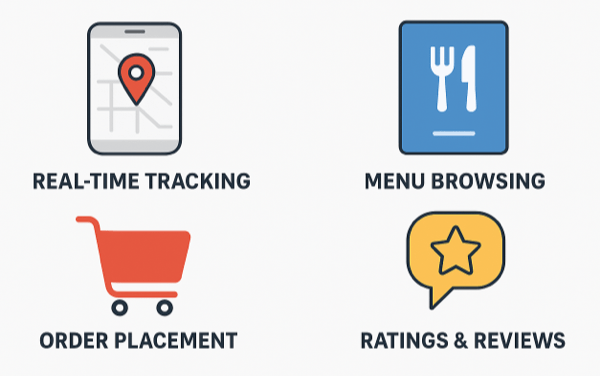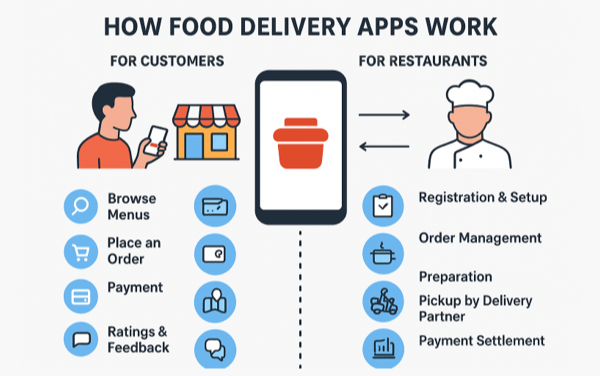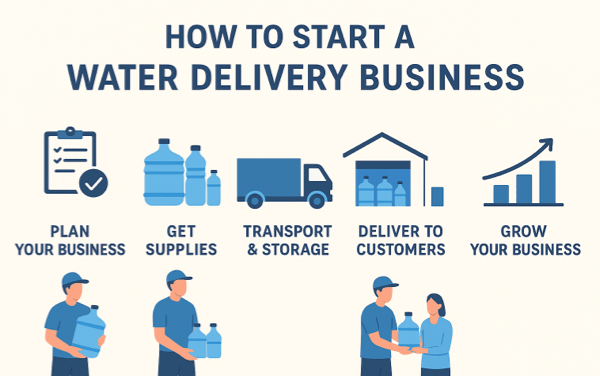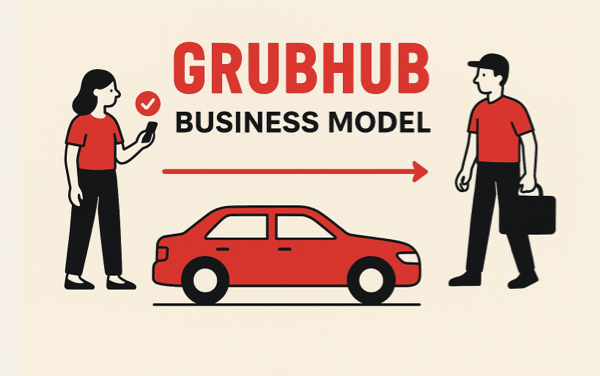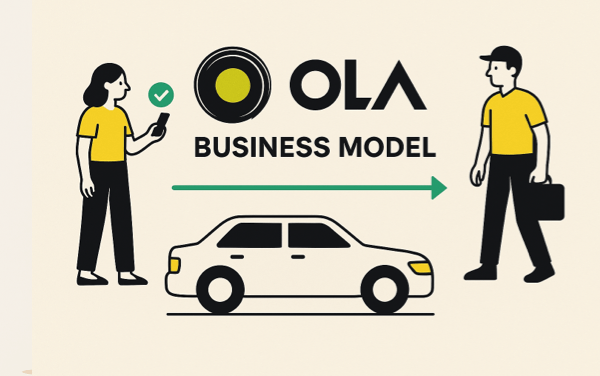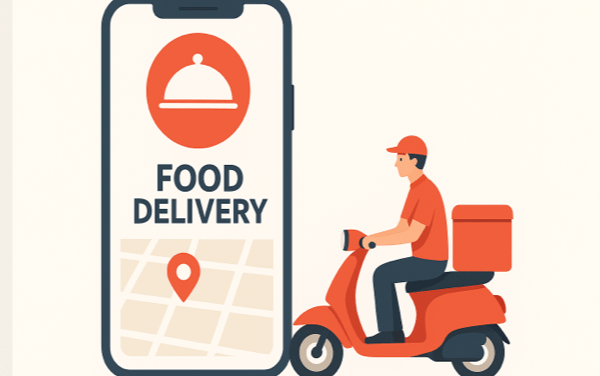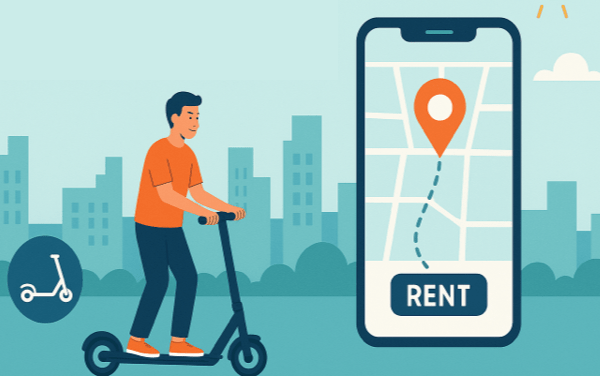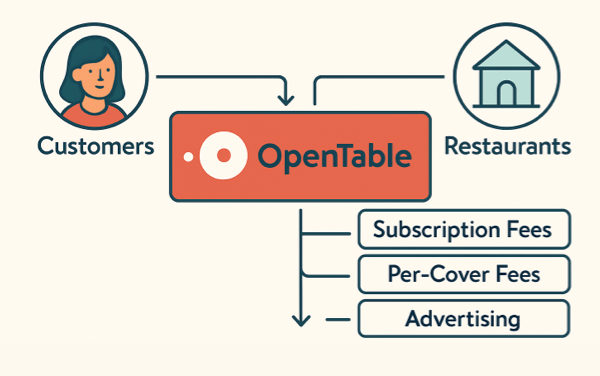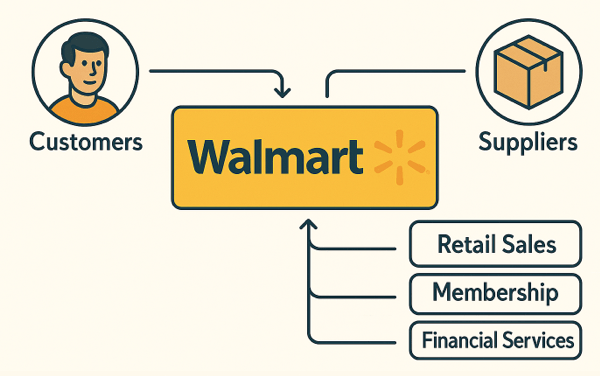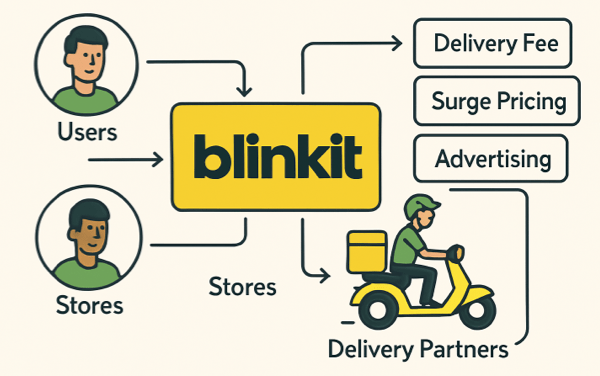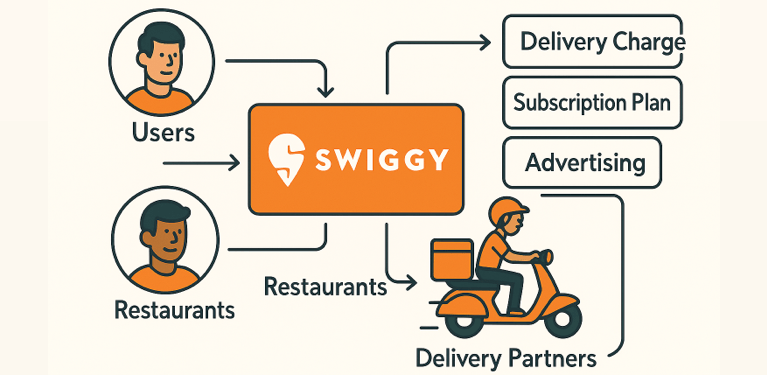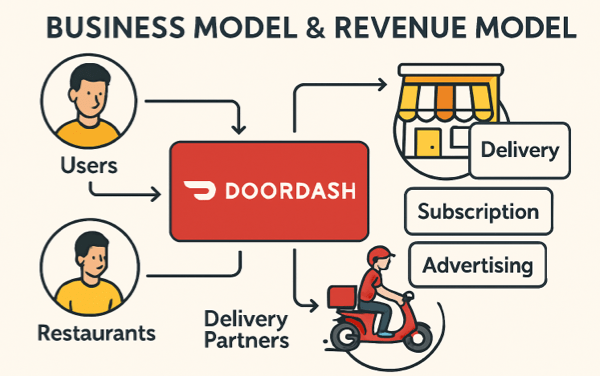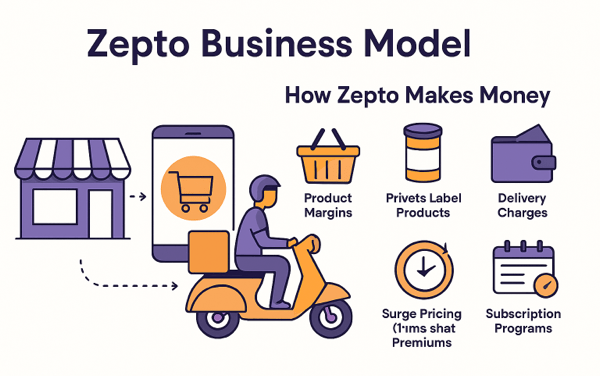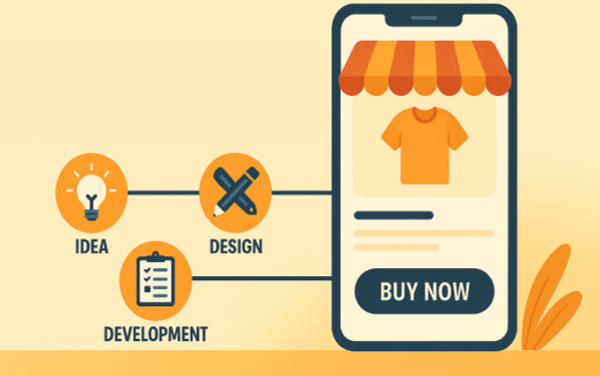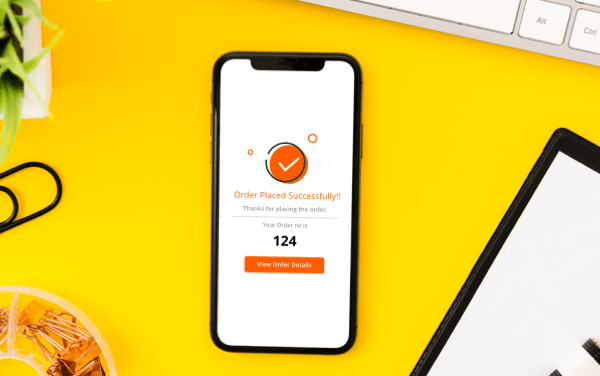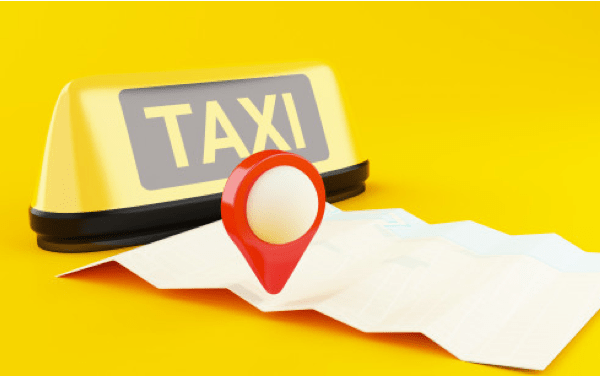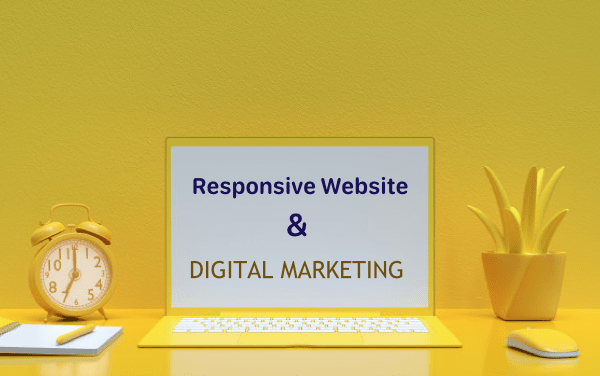How to Start an E-Bike Rental Business in 2025?
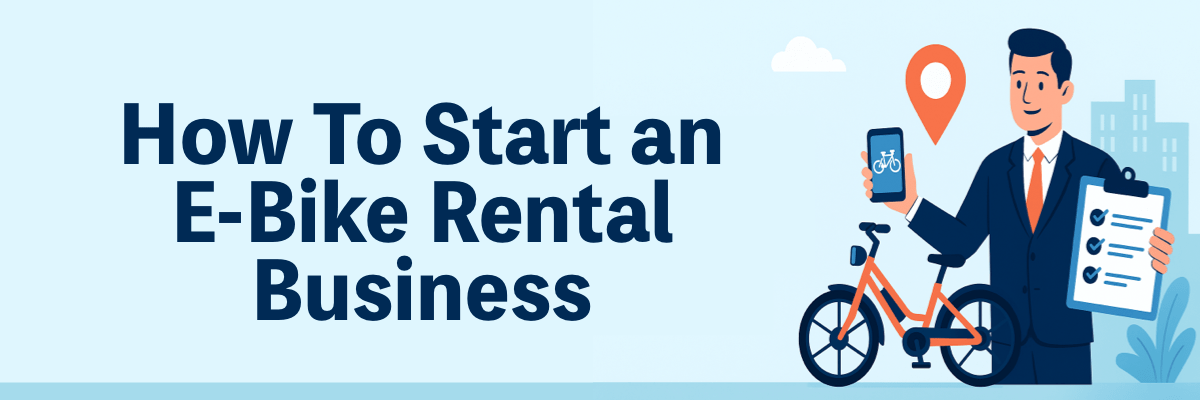
With sustainability becoming a global priority and micro-mobility solutions on the rise, launching an e-bike rental business is one of the smartest ventures in 2025. Whether you’re passionate about clean transport or looking for a profitable startup idea, this guide will walk you through how to start and scale your own ebike rental business—from planning to app development.
What Is an E-Bike Rental Business?
An e-bike rental business allows users to rent electric bikes for short-term or long-term use via hourly, daily, or subscription models. These businesses typically operate through mobile apps, offering GPS tracking, smart locks, and seamless payment options.
Step-by-Step Guide to Starting an Ebike Rental Business
1. Create a Solid E-Bike Rental Business Plan
A strong e bike rental business plan sets the foundation. Include:
- Market analysis (urban commuters, tourists, students)
- Target audience and location
- Business model (dockless, station-based, hybrid) (explained below)
- Pricing strategy
- Marketing plan
- Operations and logistics
- Technology stack (including ebike app and backend)
Make sure to assess the competition, especially established electric bike rental companies in your area.
2. Choose a Rental Model
a) Dockless E-Bike Rental Business Model
-
How it works:
Users find and unlock bikes using a mobile app. Bikes can be parked and left almost anywhere (within geo-fenced zones). -
Pros:
- High convenience for users
- No need for expensive docking stations
- Scalable across cities
-
Cons:
- Risk of bikes being lost, damaged, or parked improperly
- Requires real-time GPS tracking and rebalancing logistics
Used by: Lime, Bird, Spin
b) Station-Based E-Bike Rental Business Model
-
How it works:
Bikes must be picked up from and returned to fixed docking stations. -
Pros:
- More organized system
- Easier to maintain and charge bikes
- Less chance of theft or misplacement
-
Cons:
- Less flexible for users
- Requires upfront investment in docking infrastructure
Used by: Citi Bike (NYC), Santander Cycles (London)
c) Hybrid E-Bike Rental Business Model
-
How it works:
Combines both dockless and station-based systems. Users can return bikes to stations or any approved geo-zones. -
Pros:
- Offers user flexibility + better control for operators
- Easier expansion and better user experience
-
Cons:
- More complex to manage technically and operationally
Which Model Is Best for You?
- Small towns or tourist areas: Station-based may be better.
- Urban cities with tech-savvy users: Dockless or hybrid models are more scalable.
- Startup with a limited budget: Start dockless with fewer bikes and scale from there.
3. Choose the Right Location
Location is key. Choose areas with:
- High foot traffic (downtown, university campuses, tourist areas)
- Bike lanes and e-bike friendly infrastructure
- Local support for green initiatives
Bonus: Cities with poor public transport often show higher demand for e-bike rental businesses.
4. Register Your Business and Get Insured
Handle legal and compliance steps:
- Register your business name and get an EIN
- Apply for local permits
- Obtain liability and theft insurance
- Draft a legal rental agreement and waiver
These are essential for protecting your electric bike rental company and customers.
5. Build Your E-Bike Fleet
Invest in high-quality, durable e-bikes with:
- Long battery range
- GPS tracking and IoT features
- Smart locking systems
- Comfortable seating and adjustable settings
Start small (10–20 bikes) and scale based on demand.
Don’t forget accessories: helmets, locks, baskets, and chargers.
6. Develop an E-Bike Rental App
Your success depends heavily on e bike rental app development. Users expect a smooth, mobile-first experience.
Key features of a great e-bike rental app:
- User registration/login
- Real-time bike availability and GPS tracking
- Smart lock/unlock via Bluetooth or QR
- Secure in-app payments
- Rental history and receipts
- Push notifications and support chat
If you’re not a developer, partner with a company specializing in e-bike app development or consider white-label solutions tailored for ebike rental businesses.
7. Set Up Operations & Maintenance
To run a reliable electric bike rental company, you’ll need:
- A hub or warehouse for storage and charging
- Regular bike maintenance and inspections
- On-ground staff or contractors for bike rebalancing and repairs
- Fleet management dashboard (track usage, battery levels, performance)
You can also integrate third-party maintenance partners to manage logistics.
8. Marketing Your E-Bike Rental Business
Now that your e-bike app and bikes are ready, attract users with a strong launch:
Online Marketing:
- SEO-optimized website with blog content (like this!)
- Google My Business
- Paid social media ads (Facebook, Instagram, TikTok)
- Influencer or travel blogger collaborations
Offline Marketing:
- Flyers, posters near stations and campuses
- QR code promotions on local signs
- Partnership with hotels, Airbnbs, and tour operators
9. Track, Improve, and Scale
Use analytics from your ebike app to:
- Monitor usage trends
- Adjust pricing
- Identify high-demand locations
- Schedule maintenance
As demand grows, expand to nearby cities, add more bikes, or launch a franchise model.
Ready to Launch?
The rise of e-bike rental app development and demand for eco-friendly transport make this the perfect time to enter the micro-mobility industry. With a detailed e bike rental business plan, strong technology, and smart marketing, you can turn your ebike rental business into a scalable and sustainable venture.
Ready to launch your e-bike app? Contact the best e bike app development company now!

